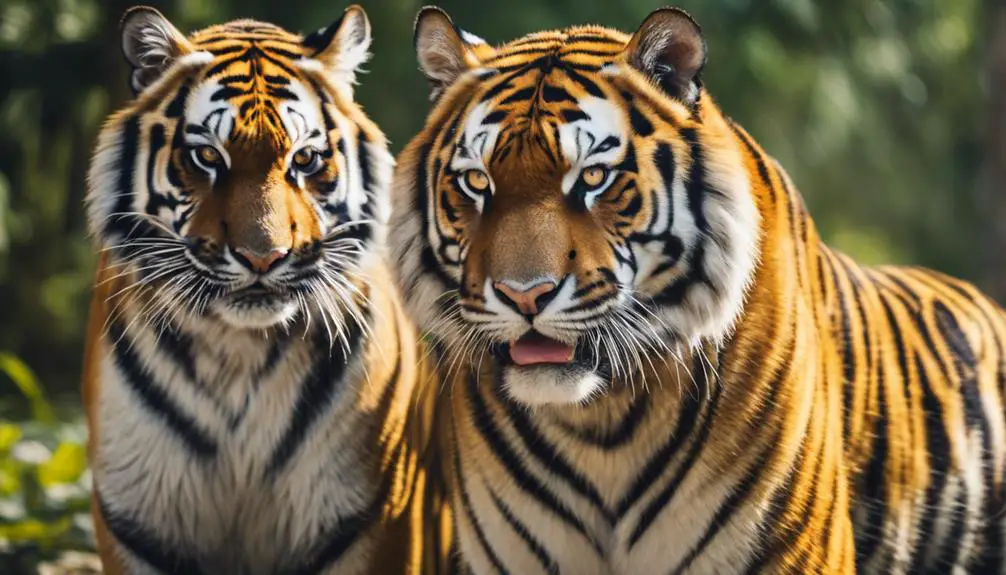
Kaleidoscope of contrasts unfold as we delve into the worlds of Siberian and Bengal tigers, revealing captivating differences that intrigue and mesmerize.

Kaleidoscope of contrasts unfold as we delve into the worlds of Siberian and Bengal tigers, revealing captivating differences that intrigue and mesmerize.
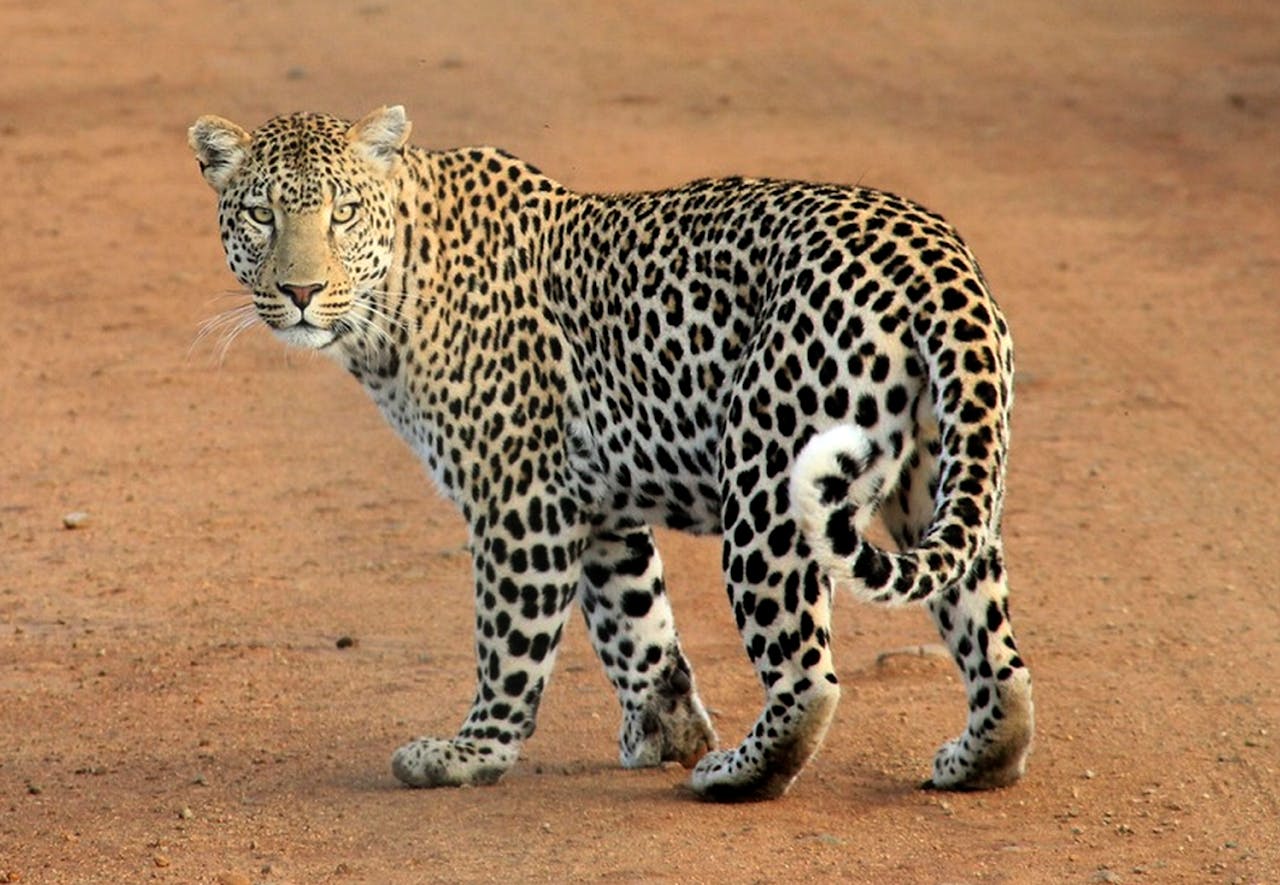
Latest research articles about leopards: Molecular Study on the Prevalence of Canine Distemper Virus Infection in Road-Killed Jackals (Canis aureus) in Golestan Province (Gorgan) Summary : This study includes data relevant to endangered species such as the Persian leopard.
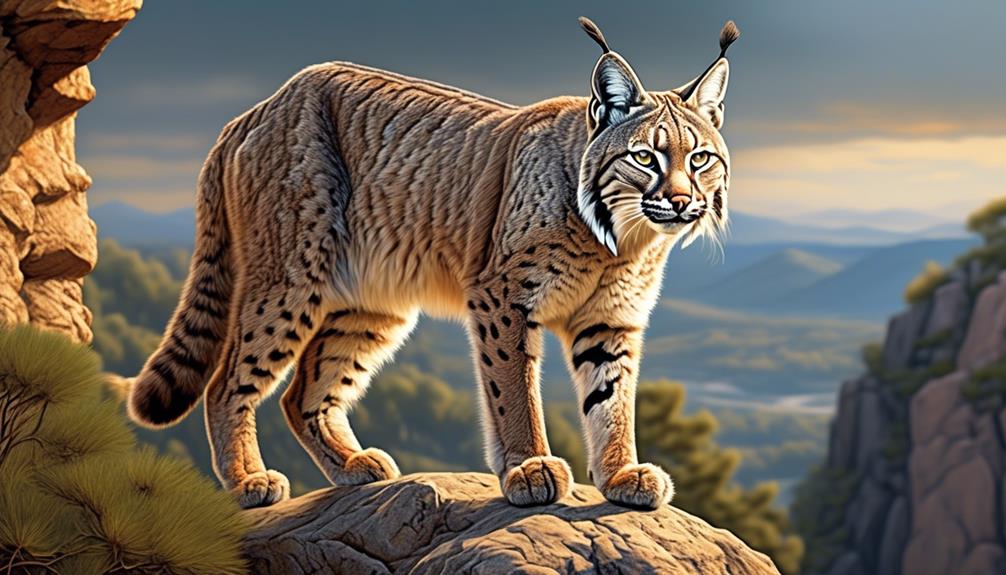
Have you ever stopped to wonder how bobcats are able to not just survive, but thrive in a variety of environments? These fascinating creatures possess a remarkable set of physical adaptations and hunting techniques that allow them to navigate their surroundings with incredible ease.
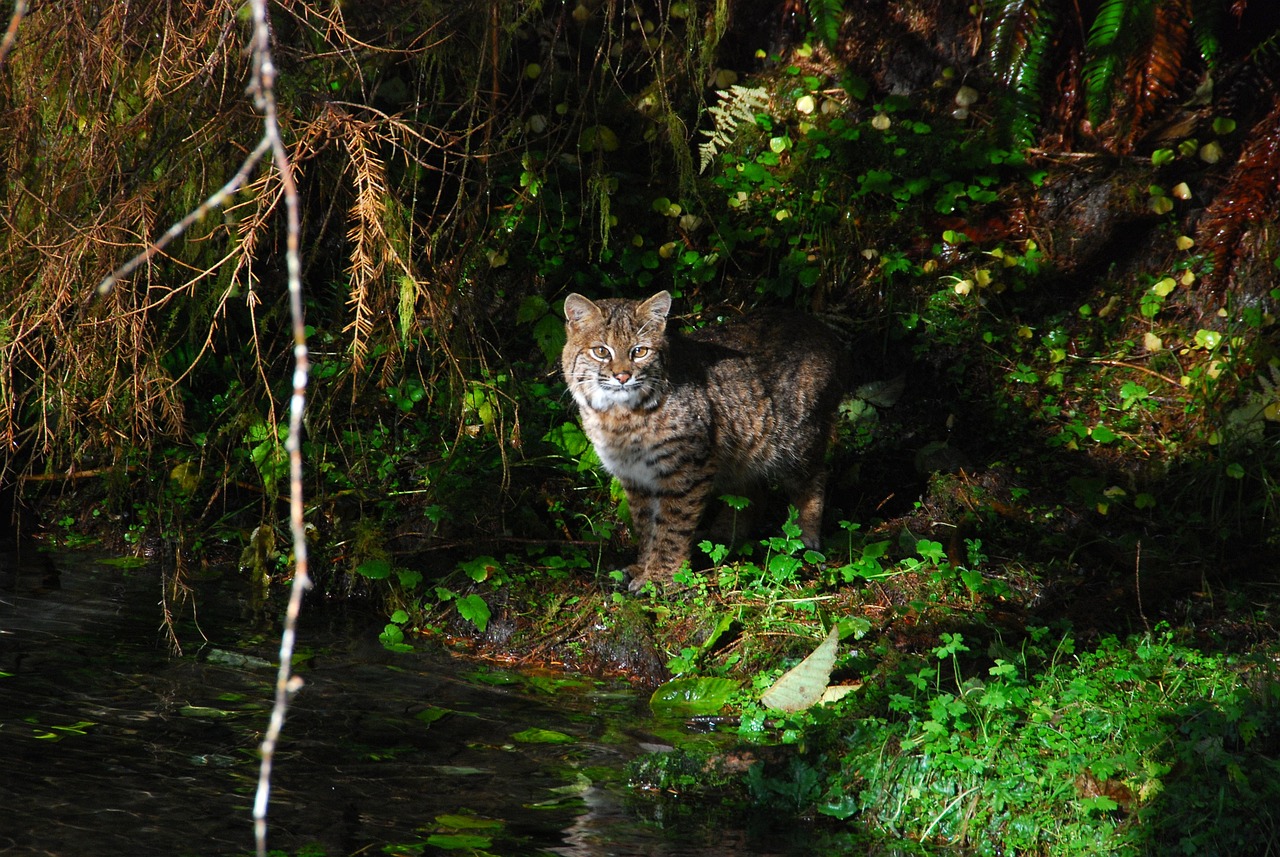
Curious about the secret hideaways of bobcats? Look no further! We’ll take you on a journey into the fascinating world of bobcat dens. Discover the various types of shelters these elusive creatures seek out, from mountain caves to fallen trees. Learn how to identify bobcat dens by exploring the clues they leave behind.
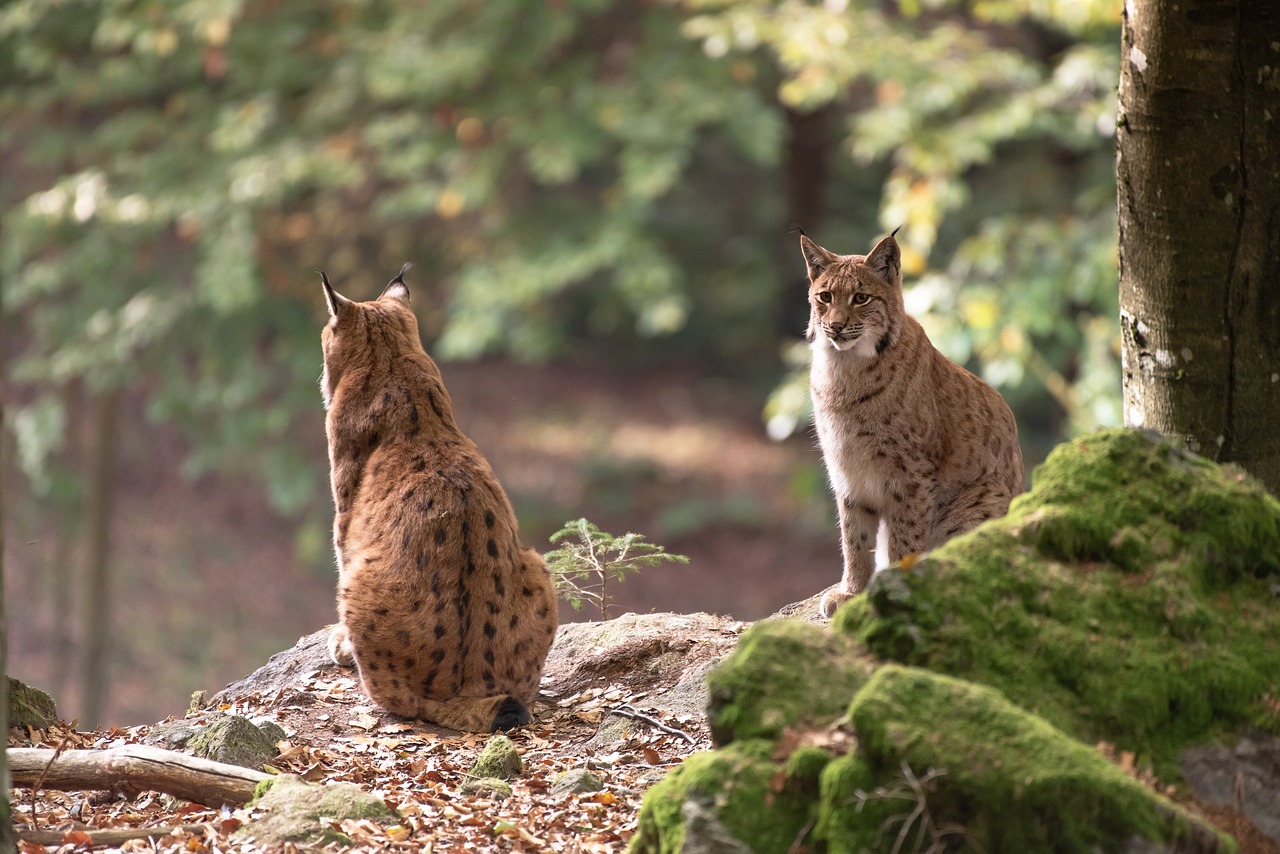
Do you ever wonder if bobcats have tails? Well, you’ve come to the right place to find out! In this article, we’ll explore the fascinating world of bobcat tails and uncover the secrets behind their unique characteristics. Bobcats are known for their short bobbed tails, approximately 5 inches in length, which give them their distinctive name.
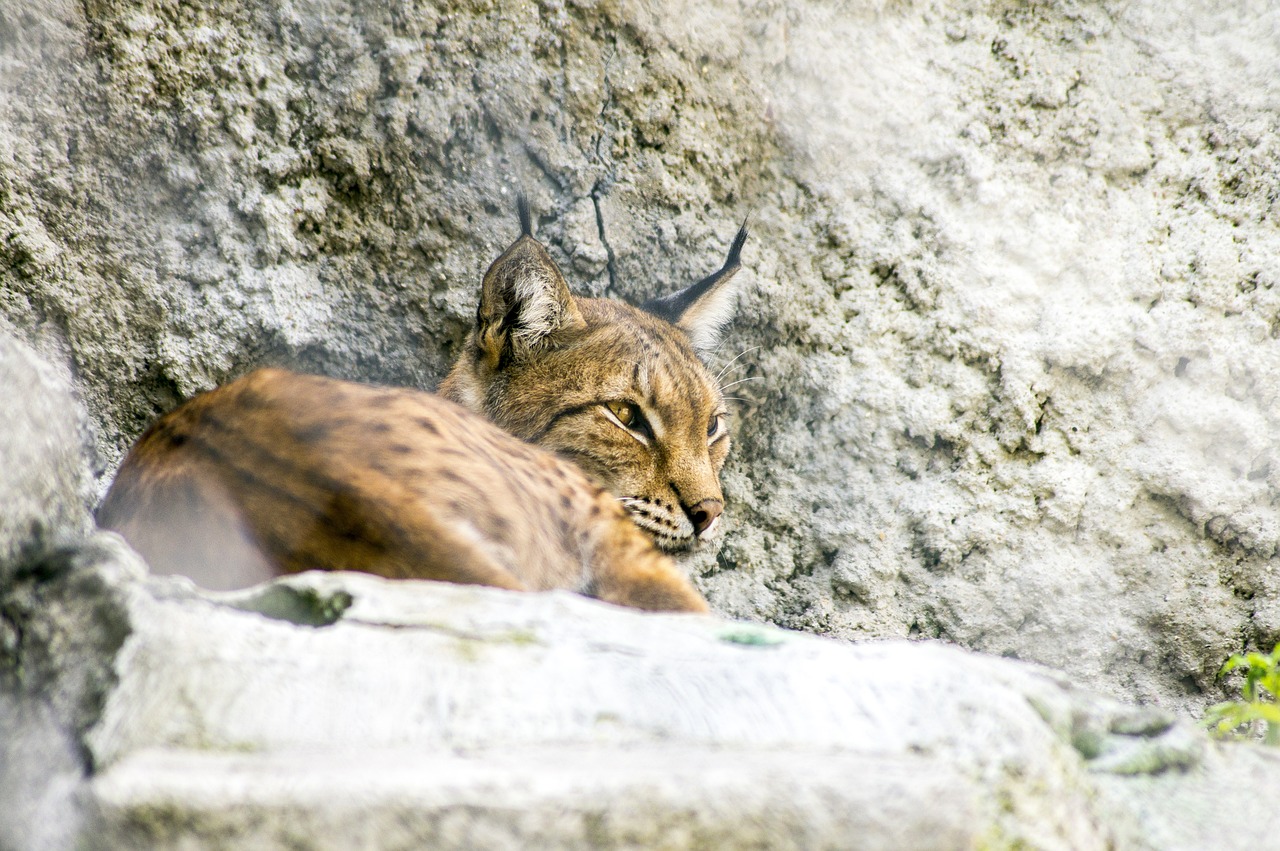
Curious about the bobcat population in Georgia? Look no further! In this article, we’ll delve into the world of bobcats and explore their presence in the diverse regions of Georgia. As you explore Georgia’s five different geographic regions, you’ll discover that bobcats are the only native wild cat in the state. These elusive creatures can be found in various habitats such as forests, agricultural regions, marshes, woodlands, and mountains.
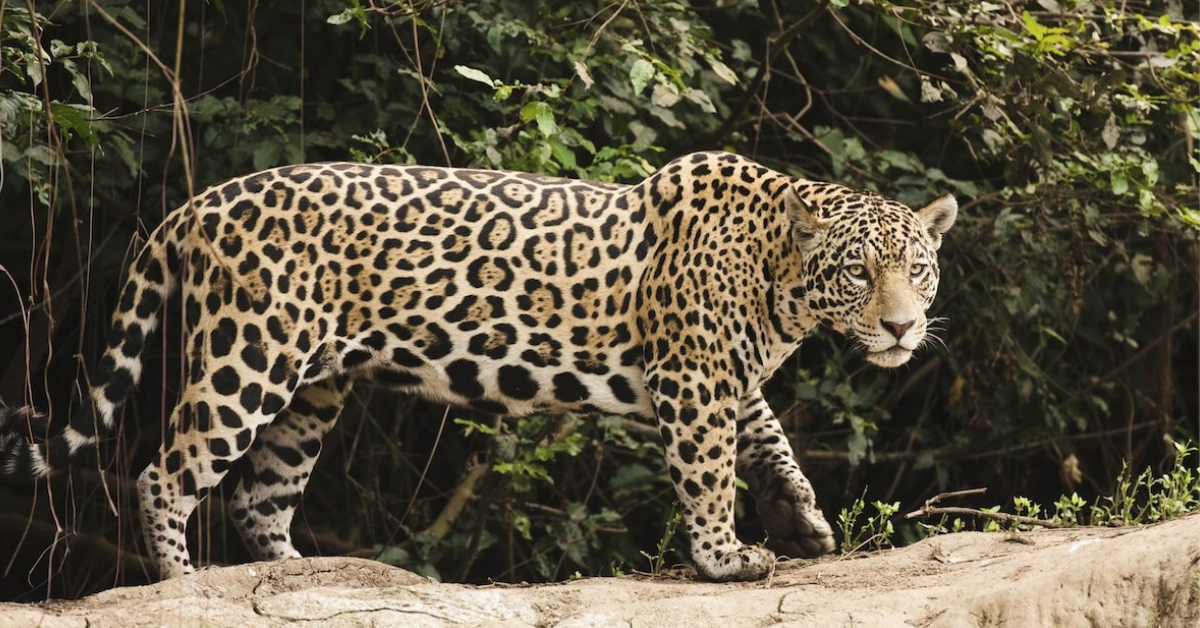
Jaguar animal Jaguar is a large predatory cat species found in Central and South America. They are the third-largest cat species, after tigers and lions, and are considered an apex predator in their habitats. Jaguars have a distinctive golden-yellow coat covered in black spots or “rosettes,” which provides them with excellent camouflage in the forest environments they inhabit.
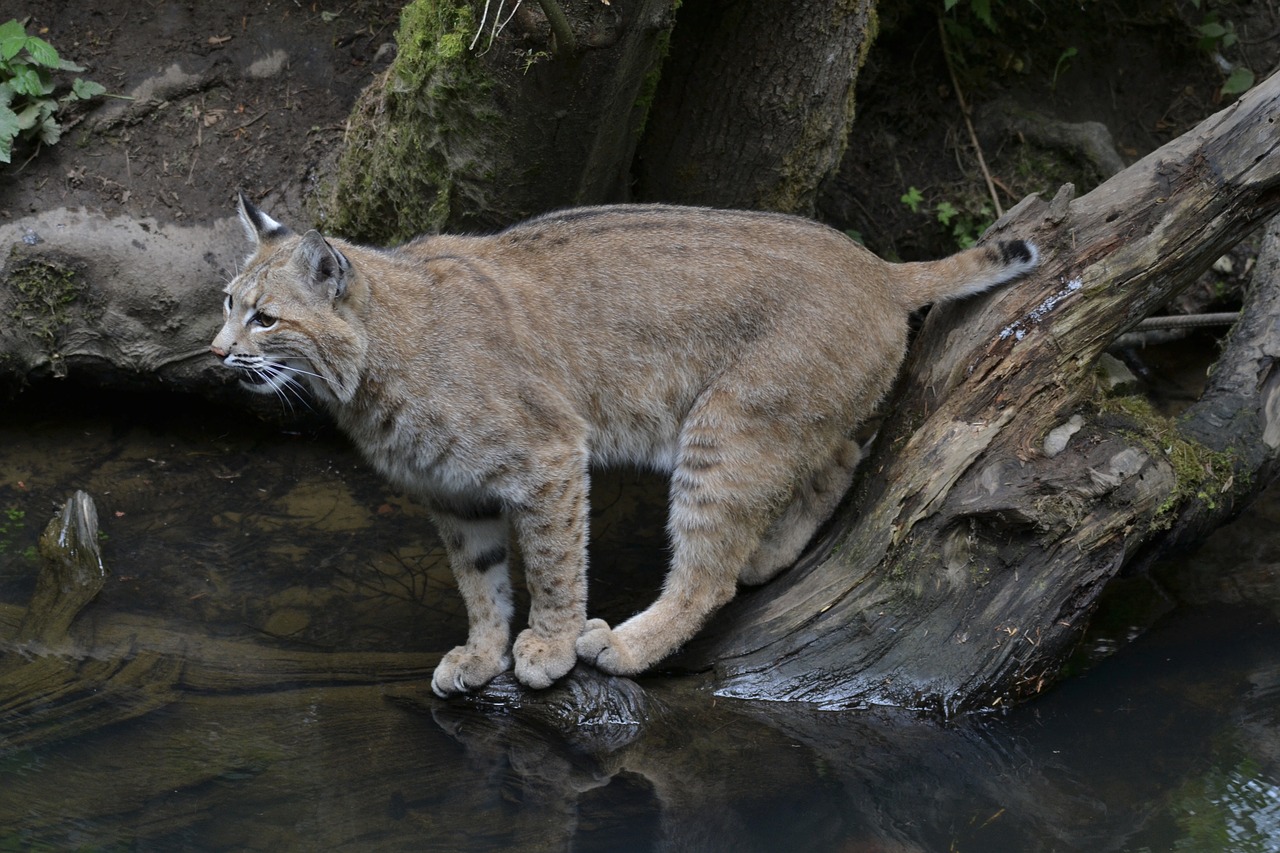
Have you ever wondered what a bobcat looks like up close? Well, you’re in luck! In this article, we’ll delve into the fascinating anatomy of bobcats and explore their unique physical features. From their medium-sized stature to their complex spotted pattern, bobcats possess a striking appearance that sets them apart from other wild cat species.
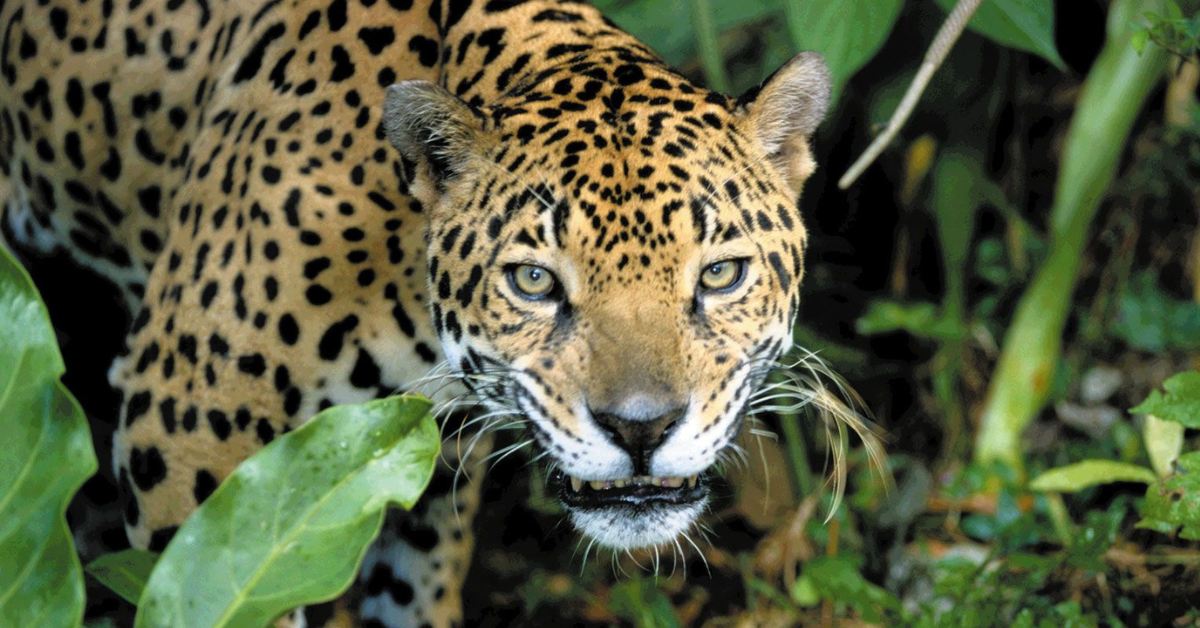
Brief overview of jaguars and their current conservation status Jaguars are large carnivorous felines that are native to the Americas, primarily found in Central and South America. They are the third-largest feline species, after tigers and lions. Jaguars have a distinctive golden-yellow coat covered in black spots, and some individuals may have a melanistic (black) variation.
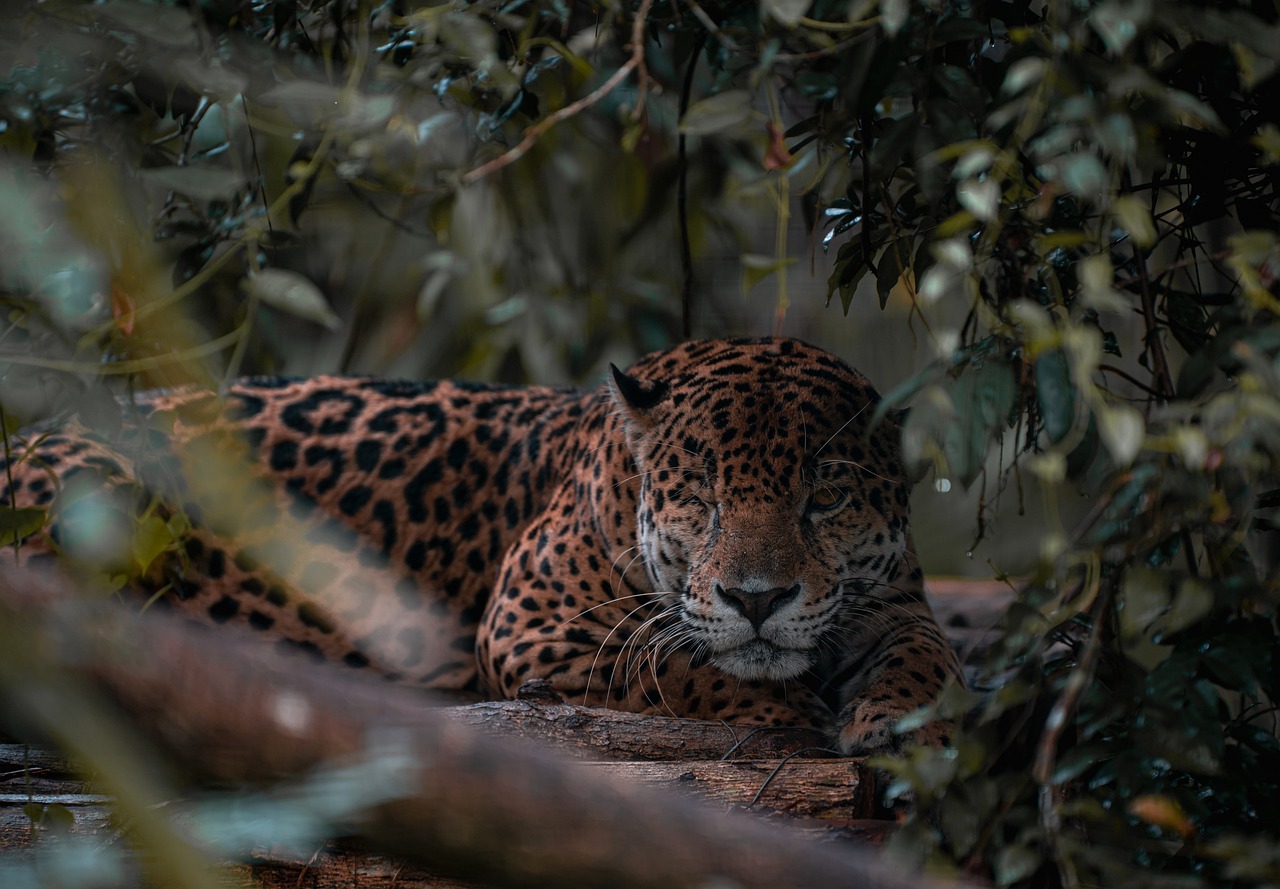
There are seven species of big cats that belong to Felidae family around the world: Lion (Panthera leo) : Found in savannas and grasslands of Africa and India. Tiger ( Panthera tigris ): Found in forests and grasslands of Asia, including India, China, and Southeast Asia.